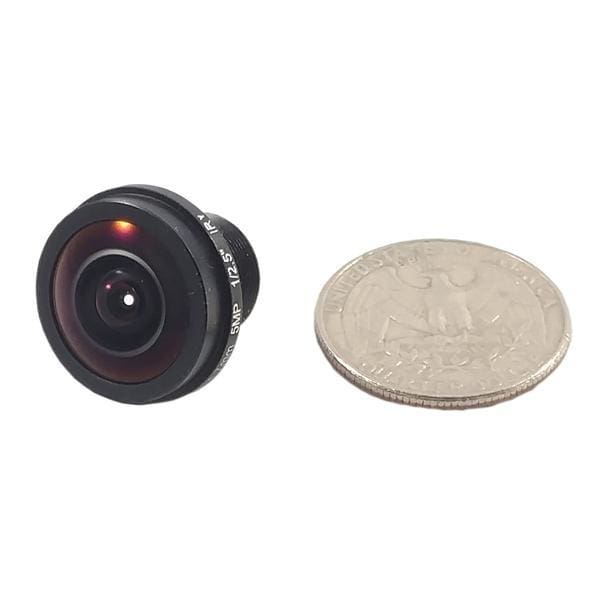

Enhancing and Intensifying Filters: These are often used for photographing fall landscapes.This can be done by using filters on your 37mm or during editing on your computer. Warming and Cooling Filters: Warming filters add yellow tones to your photography, while cooling filters add blue tones.This is used in situations where the light is brighter on one side of the shooting area than on the other side. Filters with graduated neutral density will be clear on one side and gradually darker as it moves to the other side of the lens. This removes the glare and allows for more detailed photographs. Neutral Density Filters: A gray-toned filter that filters out some of the light in bright light conditions.You rotate the 37mm lens filter until you have the desired effect. Polarizing filters are used to darken skies, making colors stronger, and to eliminate glare and reflections from the surfaces of water, glass, and other polished surfaces. Polarizing Filter: These are used for landscapes.Other filters have different uses, including: The basic UV and skylight filters block the UV rays, which makes pictures less hazy. What do these filters do for 37mm photography? Neutral Density Filters and Graduated Neutral Density Filters.Other filters available for a 37mm include: The two most basic filters are the UV (haze) filter and the skylight filter. What kinds of filters are available for a 37mm camera? However, there are different kinds of circular lens filters with a variety of other uses. This protects your lens from the UV rays of the sun. Most 37mm digital cameras come with a UV/IR filter built in. OffRamp: A ramp leading away from a motorway and onto rural urban roads.ĬonnectingRamp: A ramp that connects two motorways, for example, motorway junctions.What You Need to Know About 37mm Circular Camera Lens Filters Onramp: A ramp leading to a motorway from rural or urban roads. It is mainly used for acceleration lanes.

It is mainly used for deceleration lanes.Įntry: Describes a lane type that is used for sections that are parallel to the main road. Curb stones have a different height than the adjacent drivable lanes.Įxit: Describes a lane that is used for sections that are parallel to the main road. Sidewalk: Describes a lane on which pedestrians can walk.Ĭurb: Describes curb stones. It is typically used to separate traffic in towns on large roads.īiking: Describes a lane that is reserved for cyclists. Median: Describes a lane that sits between driving lanes that lead in opposite directions. Parking: Describes a lane with parking spaces. Typically, the lane is separated with lines and often contains dotted lines as well. The lane has the same height as drivable lanes. Restricted: Describes a lane on which cars should not drive.
#Opendrive 37mm lens driver#
None: Describes the space on the outermost edge of the road and does not have actual content Its only purpose is for applications to register that OpenDRIVE is still present in case the (human) driver leaves the road. Stop: Hard shoulder on motorways for emergency stops It has the same height as the drivable lane.ĭriving: Describes a "normal" drivable road that is not one of the other types. Shoulder: Describes a soft border at the edge of the road.īorder: Describes a hard border at the edge of the road. Heading offset between CRG center line and reference line of the road (required for mode genuine only, default = 0.0) Z-scale factor for the surface description (default = 1.0) Z-offset between CRG center line and reference line of the road (default = 0.0) T-offset between CRG center line and reference line of the road (default = 0.0) S-offset between CRG center line and reference line of the road (default = 0.0) Physical purpose of the data contained in the CRG file if the attribute is missing, data will be interpreted as elevation data. Orientation of the CRG data set relative to the parent elementĪttachment mode for the surface data, see specification. Start of the application of CRG data (s-coordinate)Įnd of the application of CRG (s-coordinate) Attributes of the road surface CRG element Properties for road sections and cross section Generating arbitrary road courses from geometry elements Summary of all available coordinate systems Backward compatibility to earlier releases Relation of ASAM OpenDRIVE to OpenCRG and OpenSCENARIO Positioning of ASAM OpenDRIVE within ASAM activities Relations to other standards (preliminary) Normative and non-normative statements and deliverables Deliverables of the OpenDRIVE specification


 0 kommentar(er)
0 kommentar(er)
